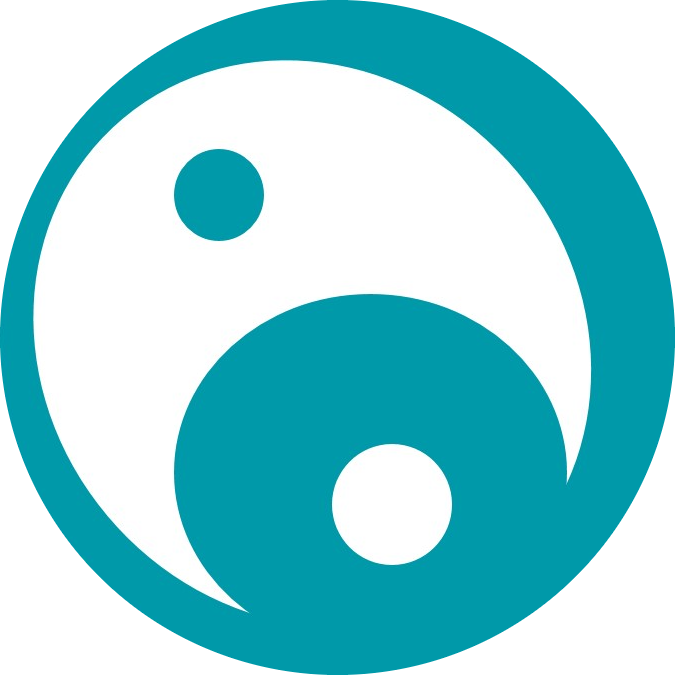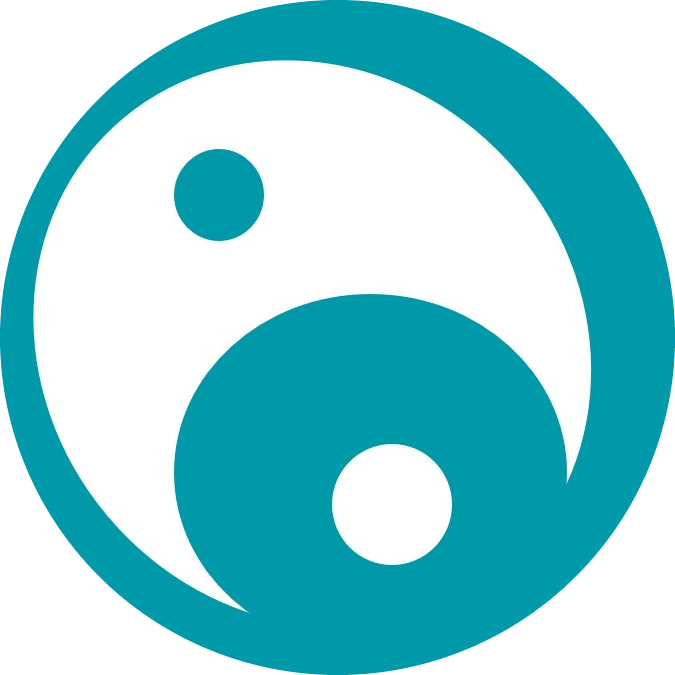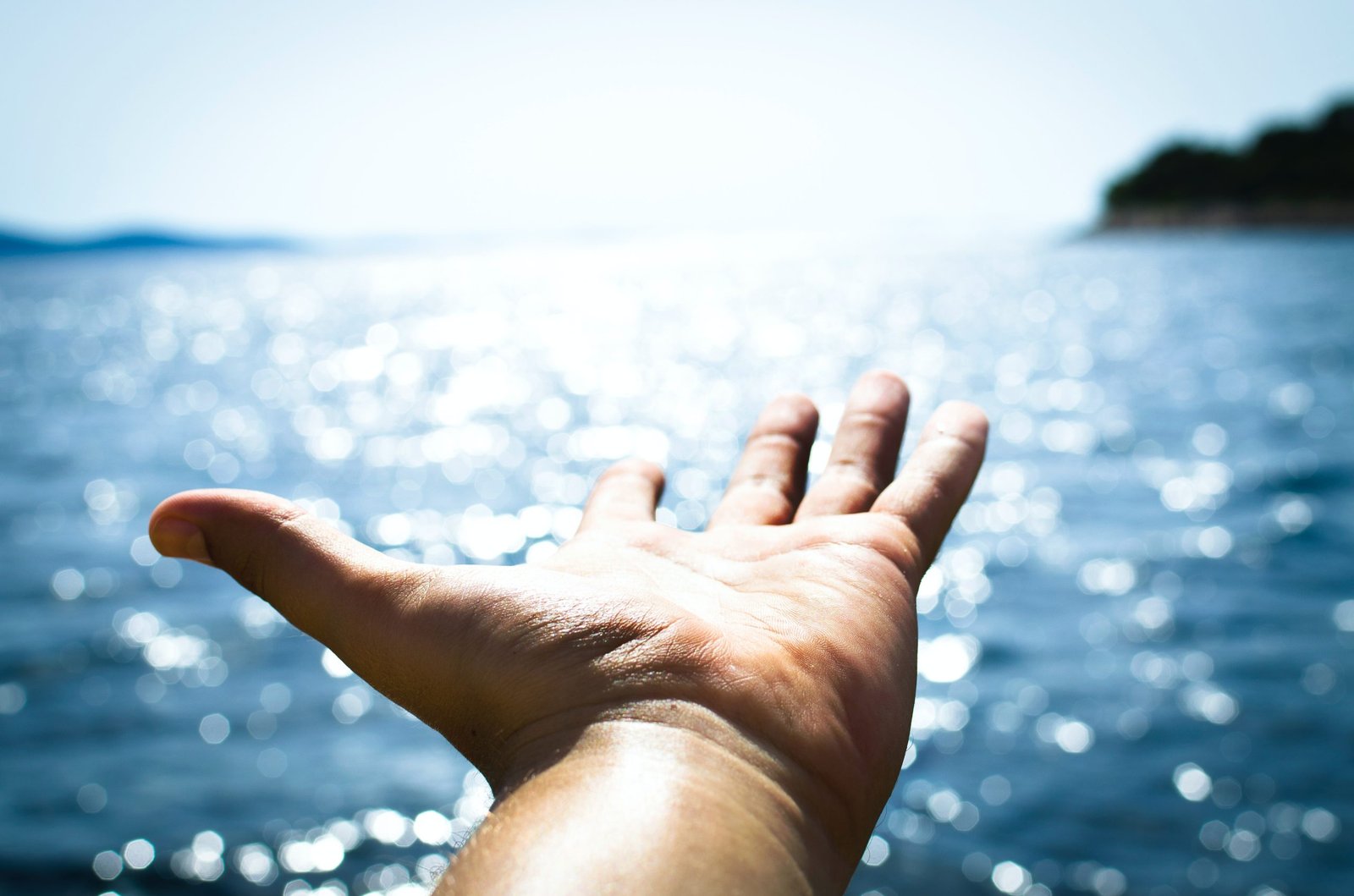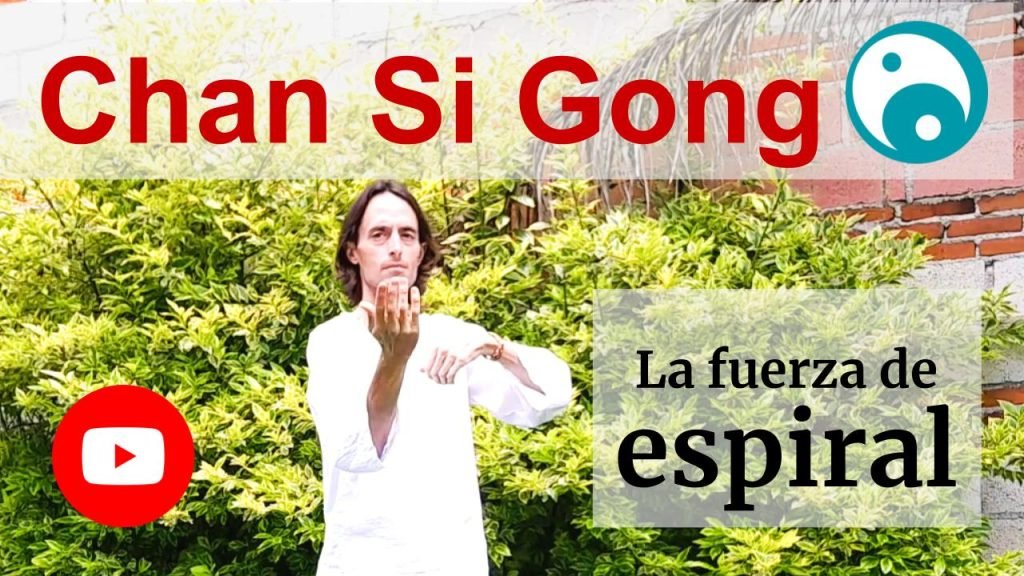Chan Si Gong and Chan Si Jing
What is Chan Si Jing?
Chan Si Jing (energy that rotates in a spiral) is an expression of energy through the physical posture and movement, driven from lower Dan-Tian expresses its characteristics of connection between all parts, continuity and constant change.
Why we work Chan Si Gong?
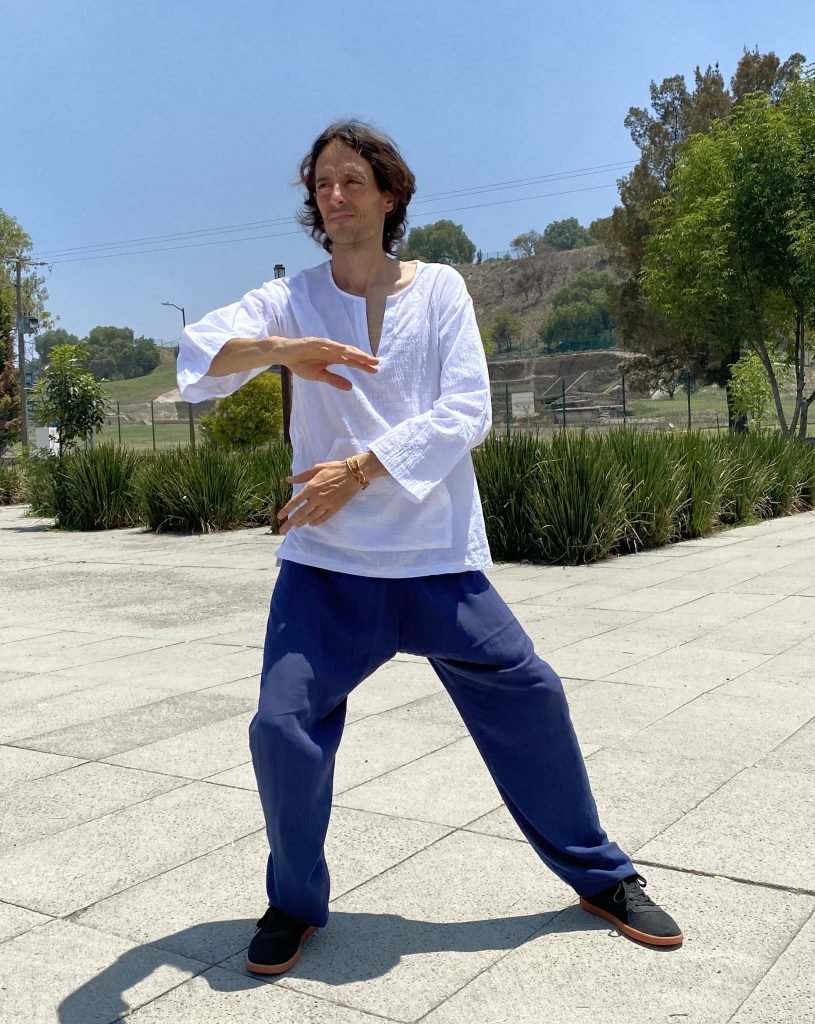
. Chan Si Gong exercises allow us to work Chan Si Jin and develop spiral strength of Tai Chi.
The exercises are about repeating simple sequences of movements, involving all the joints of our body, and using just the force and the muscles needed in each moment in an accurate way.
These practices are considered essential to understand the frames of Tai Chi (Taolu) in their structural level, being the foundation of all the movements that allow to tackle the fundamental principles of the practice.
In addition,these movements allow us to gain awareness and improve self-consciousness of relaxation, balance and elasticity during the movement. So these exercises are also considered as a meditation practice.
The body structure in Chan Si Gong practice
When in Tai Chi or Chi Kung we describe the posture or in this case, the body structure, we consider all the aspects involved in the practice-level psycho-physical, emotional, and spiritual.
Head light and awakened mind
Keep your head right aligned with the back, without holding too much tension, loosening the stiffness in your neck and by relaxing the muscles of the face.
Keep attention serene and alert in the practice, so keep your mind calm, leaving you to pay attention to all the thoughts that are not of the presence in each movement.

Relax the chest and keep your back straight
To prevent breathing the air is confined in the upper part of the body, as this causes tightness and stiffness in the upper part of the body; while the bottom becomes too light and floating, which makes it lose firmness and balance.
To keep the back straight, but not rigid spine supports and channeled correctly the energy from the bottom to the top.
Waist, hip and tailbone, relaxation of the lumbar spine
Relax the lumbar area, which is the junction between the arc structure formed by the legs and the one formed by our back. Relaxation and alignment of the lumbar spine with the spine depends on the distribution of the energy in a smooth way from the head to the feet.
Round off the coccyx, without forcing it or tighten the lumbar area, avoiding protruding backwards. The position should feel natural without the body emits a sensation of excessive tension in that area.
Relax the shoulders and elbows
The shoulders remain loose without a lift and but don't tighten against the armpits, so as not to collapse the arch structure formed by the arms. The shoulders line up with your hips, and elbows are dropped, leaving a volume of space sensitive between the arms and the sides. This structure allows movement to stretch the arms and the flow of Chi (Qi).
To unite the mind, body, and spirit, from the attention to the sensitivity
Our psychic structure prevents that exists in each moment, more than a single thought. The goal in any activity that requires dexterity is being able to direct our actions from the sensitivity, that is to say, ‘do it without thinking’.
Through attention to an item in our sensitivity internal (for example to pay attention to a part of our body), the mind activity decreases and so is calm. We maintain our presence in the sensitivity of the moment leads us to the ‘stillness’ of the spirit as we move.
This stillness of spirit allows for a greater openmind to our internal sensibility, and while our mind prevents more than one thought at the same time, the sensitivity on the contrary it allows us to take consciousness of many stimuli simultaneously, making it possible to take consciousness of what is happening within us and around us at the same time.
Natural breathing
Feel and let you express the rhythm of the breath, without trying to modify it, so that of course is consistent with our in-house movement. We will discover through practice, the relationship between the breath and the movements. It is not recommended at the beginning, try to consistently adjust the breath to the movement.
However it can be educational experience with breathing, by modifying the duration of the phases of inhalation and exhalation and observing the relationship of these changes with the movement. In this way, through the presence and consistency in the practice, breathing and movement tend to conform naturally.

Indications for the practice of Chan Si Gong
The prevailing use of the intention on the use of force
The intention (Yi) lead Chi, Chi lead the body and execute the movement. In this way, the movements become soft and flexible, free from the friction that causes the inappropriate use of the muscle strength. The intention to move elastically, shift little by little, our energy for our body to move in an elastic way.
The continuity of the movements, chained without breaks and without taking them to their extremes, it allows for a union elastic between one movement and the next, impacting our physical condition, which will tend to become more elastic. If the intent is focused exclusively on using the muscle tension, movements, on the contrary tend to become rigid and to disperse from our center, causing disorder and difficulty in their implementation.
Apply the contraction and expansion of our energy and awareness of full and empty
Direct our intention from the center to the periphery of our bodyexpansion), and from the periphery to the center (contraction), in combination with the oscillation our weight to move, creates the feeling inside that some parts of our body to ‘fill’ (yang) and other is empty (yin). In the profound experience of the alternation between these two phases is the internal force of our movements, softness, stability and grounding. In addition, the continuity between one movement and the next allows you to always be ready for change and adaptation to a situation that is completely new in every moment.
Remain calm while we move
For the Chi (Qi) circulates and is expressed in the fullness of according to our intention and without unnecessary effort, the body must stay relaxed, without tension or blockages, and with each one of its parts connected to the movement of the centre (Dan Tien).
It is important at this point to be aware of Zhan Zhuangreleasing the tensions that we don't need and to maintain a body to move in a simultaneous and harmonious, as a whole, where their parts are connected all of them together. Respecting the alignment of the structure, the continuity and circularity, move the body through a unified intent directing the Chi that promotes natural movements, and thanks to the flexibility in the joints provide fluidity and harmony of the movements.
Practice with slow movements to develop mindfulness and harmony in the movement
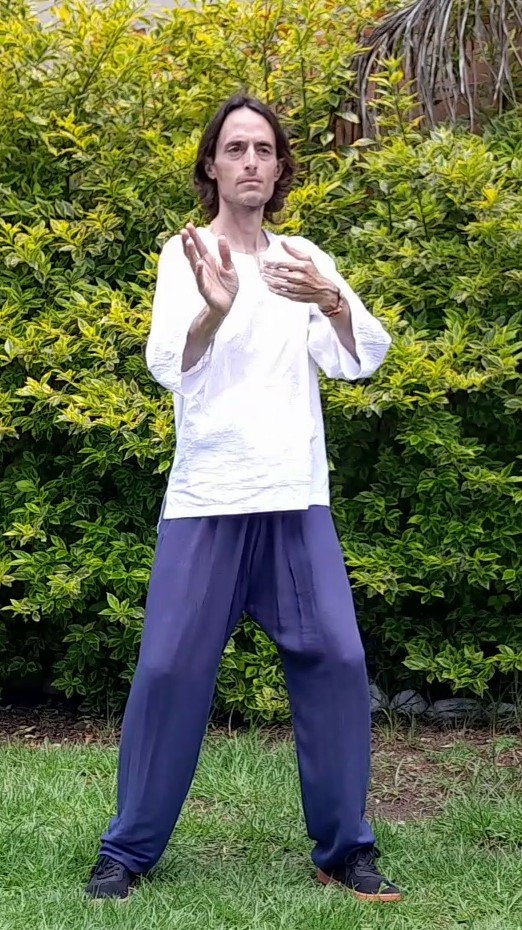
A common mistake is to think that tai chi is a practice whose main feature are the slow movements. This is not true, and to understand it can serve as a comparison with the learning of other arts, as for example the music.
Who is beginning to learn music is not logical to ask him to run drills in which to interpret melodies complex, at different speeds and with changes of rate constants. The principle is taught to interpret each note slowly and ordered a large number of times until it is internalized, and their interpretation becomes simple and natural.
From this point you can add complexity and speed drills, stringing different melodies and rhythm changes. In the practice of Tai Chi, the same thing happens. The practice slowly and at a constant speed, allows us to first learn to feel and then develop and harmonize the internal energy for it to move with fluidity.
In addition to the slowness in the movement allows you to conserve energy and store it, while making our presence, which leads to an increase of the perception of the own body, space and energy. In this way, later you can experiment with the increase of the speed and power of our energy without losing qualities such as stability, resilience, continuity and presence during fast action and unexpected.
The deepening of the practice allows a little to go by removing the efforts superfluous to move with greater force and speed while maintaining the essence of the movement.
Fundamental principles of Chan Si Gong exercises
- Comfortable position, relaxed, and natural
- Learning sequence
- The movements arise from the Dan Tian (Tantien) lower
- Fluency in the internal movement of oscillation
- Maintain the alignment of the structure, checking that it complies with the connection body (3 harmonies external) during the movements:
- Shoulder and Hip
- Elbows and Knees
- Hands and Feet
- Circulation of energy through our intention, from the periphery to the Tantien and from the Tantien to the periphery with smooth moves, perceiving the phases of Yin and Yang in its execution.
Benefits by practicing Chan Si Gong
- Nourish the joints, tendons, muscles, and improves blood circulation.
- Strengthens the connective tissue and increases the secretion of synovial fluid that lubricates the joints, while maintaining its flexibility and freedom to all of our movements.
- Develops the spiraling energy within the body, and the connection between the tracks myofascial.
- Increases coordination and mobility of the shoulder, back and waist.
- Generates and strengthens the connections for the smooth flow of energy throughout our body.
Practice of eight Chan Si Gong Exercises
Through these eight exercises of Chan If Gong we practice the force spiral (Chan If Jing) involving little by little the entire body in the movement at the same time it maintains a stable and balanced structure.
